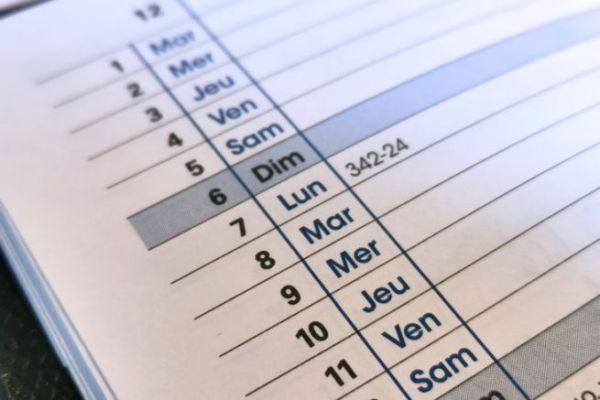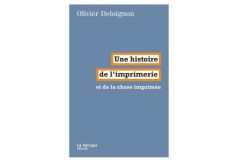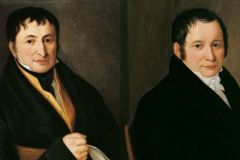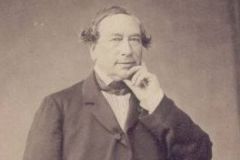The history of the diary, that indispensable companion of our daily lives, has its roots in a long and varied past. The word "agenda", derived from Low Latin and literally meaning "things to do", was used in the XVIth century to designate a diary e century, a city's account book. It took on its current meaning in the 17th century e century. The paper-based tool for managing daily tasks as we know it didn't exist, and it took the ingenuity of two busy people to create it.
English-style data storage...
The first was a British artilleryman, Colonel Disney, who in 1921 began recording his day-to-day artillery calculations in a small binder with loose-leaf pages. He added a directory and calendar. Called a file of facts, this 17 cm binder was designed to fit in his jacket pocket.
Sniffing out the potential, Colonel Disney, together with William Rounce and Posseen Hill, founded Norman & Hill in London that same year. Completely destroyed during the Second World War, the company, renamed Filofax, was able to restart its business, as key information was recorded in this famous organizer, which was carried every evening by a secretary.
... then a French-style organization
In the early '50s, Marseille doctor Francis Beltrami found the daily version impractical for managing his appointments, so he created a version with an entire week visible at a glance on two pages. He added spaces between the schedules to leave room for comments.
The revisited "file of facts" proved a great success with other doctors, and Francis Beltrami set about marketing it. Quo Vadis was launched in 1954 and became part of Exacompta-Clairefontaine in 1999.













